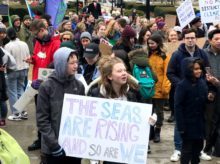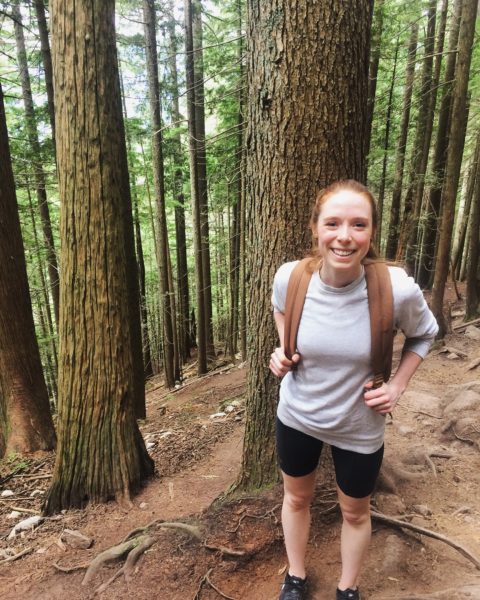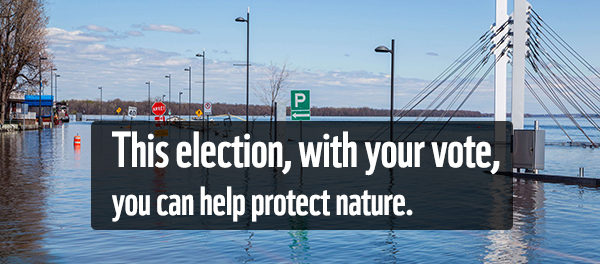Fieldnotes: Protesting pandas and climate strikes!
Welcome to Fieldnotes. Our planet is facing unprecedented crises in climate change and wildlife loss, and this WWF-Canada newsletter is about our science-based work finding solutions.
Protesting pandas and climate strikes
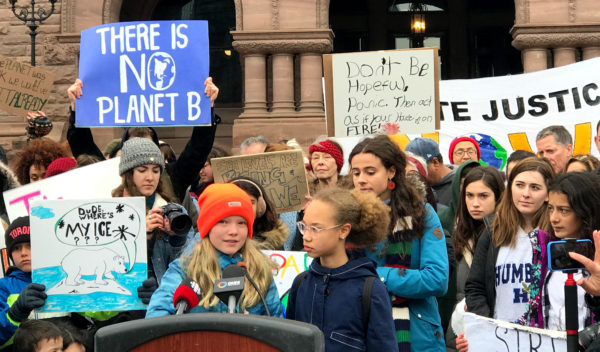
On Friday, September 27th, following the UN Climate Summit in New York City, an all-ages Global Climate Strike will be taking place in over 150 countries. Also known as Earth Strike, there are protest planned across Canada, and WWF will be participating everywhere we work to spread the word about nature-based solutions to the climate crisis. (Not sure what that means? Keep reading for a Q&A with our team!)
Inspired by Nobel-nominated Swedish teen Greta Thunberg, who plans to attend in Montreal, Global Climate Strike could be the biggest mass protest in history as adults join the millions of students around the world who have been striking from school on Fridays for over a year. Even our Pandas will be out protesting in Toronto, Montreal and Halifax for the first time — and we hope our supporters will join us at their local strike to pressure world governments to take bold action that’s in line with climate science. Click here for more details.
What are climate strikes?
Also known as Fridays for Future, this grassroots movement began in August 2018 when Thunberg, then 15, started protesting by herself outside the Swedish parliament. “Why should I be studying for a future that soon will be no more, when no one is doing anything whatsoever to save that future?” she explained at the time.
Her protest soon went viral, inspiring kids everywhere to strike in their own cities and towns. What’s different about the Global Climate Strike is that students are asking adults to join the cause because they’re the ones with the power to act. Protests alone can’t solve the climate crisis, but with world leaders gathering at the UN and next month’s federal election in Canada, a massive turnout will demonstrate that business as usual is no longer an option.
As the student strikers like to chant: The seas are rising, and so are we!
Week of action
In the days leading up to the Global Climate Strike, environmental groups across the world will be holding climate action events.
Here’s what WWF-Canada has planned:
Saint John River Summit, Sept 18–19. Fredericton
Our freshwater scientist Simon Mitchell will be hosting a forum on the Saint John River to talk about how habitat restoration makes us more resilient to climate change-fuelled flooding.
Great Canadian Shoreline Cleanup, Sept 21.
To celebrate International Coastal Cleanup Day, we’re organizing events from sea to sea. Join in the celebrations and register for an event in Montreal, Toronto, Vancouver or Halifax. Please click here to find more information about a cleanup near you.
Nature can help solve the climate crisis
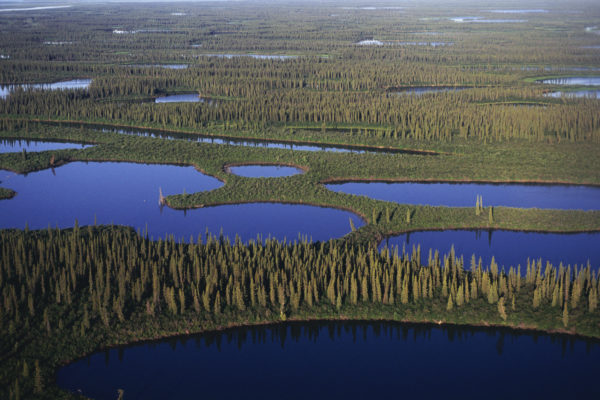
Nature-based solutions are about figuring out the most efficient way to help nature do its job when it comes to fighting the climate crisis and biodiversity loss. So our Wildlife Protection Assessment (WPA) literally maps out the best way to protect at-risk species and carbon-rich ecosystems by identifying five priority unprotected areas across Canada.
Learn more in this excerpt from our first Pandacast episode, which you can listen to in full here:
Megan Leslie, President and CEO: Before we talk about the best places to protect, is there such a thing as a wrong place to protect?
James Snider, VP of Science, Research & Innovation: I don’t think there’s a wrong place to protect. But it’s getting the most out of that investment. Knowing that we have these dual crises unfolding on a global stage — climate change and biodiversity loss — we need to be getting it right. We need to be getting more out of protected areas. We need to be ensuring the places we are protecting have the maximum value possible.
Megan: This study talked about how protected areas can store carbon. James, how do protected areas help us fight climate change?
James: Historically, we haven’t really thought of protected areas in this way. But the science is so clear and the urgency of action on climate change is so apparent that we need to be looking at how we use our land. We can protect important areas that hold this massive amount of carbon – like wetlands, peatlands and forests – as a real mechanism to actively prevent more carbon going into the atmosphere.
Megan: This is a completely new way of looking at protection, it seems.
James: It’s not something we’ve had to do in the past. Climate change is now so front and centre for us that we have to recognize that every kind of investment we make in the use of land is mindful of what the emissions could be from that land. It really is a new approach.
Meet a… Scientist
Jessica Currie, Specialist, Science, Research & Innovation
A Panda since 2016, Jessica is our big-data expert. She works on national projects that ensure our conservation work is grounded in qualitative and quantitative science.
She led the research and analysis for our 2017 Living Planet Report Canada and co-led this year’s Wildlife Protection Assessment.
“Nature-based solutions can help to mitigate climate change while also creating space for wildlife to thrive!”
Sign up here to receive email from WWF


